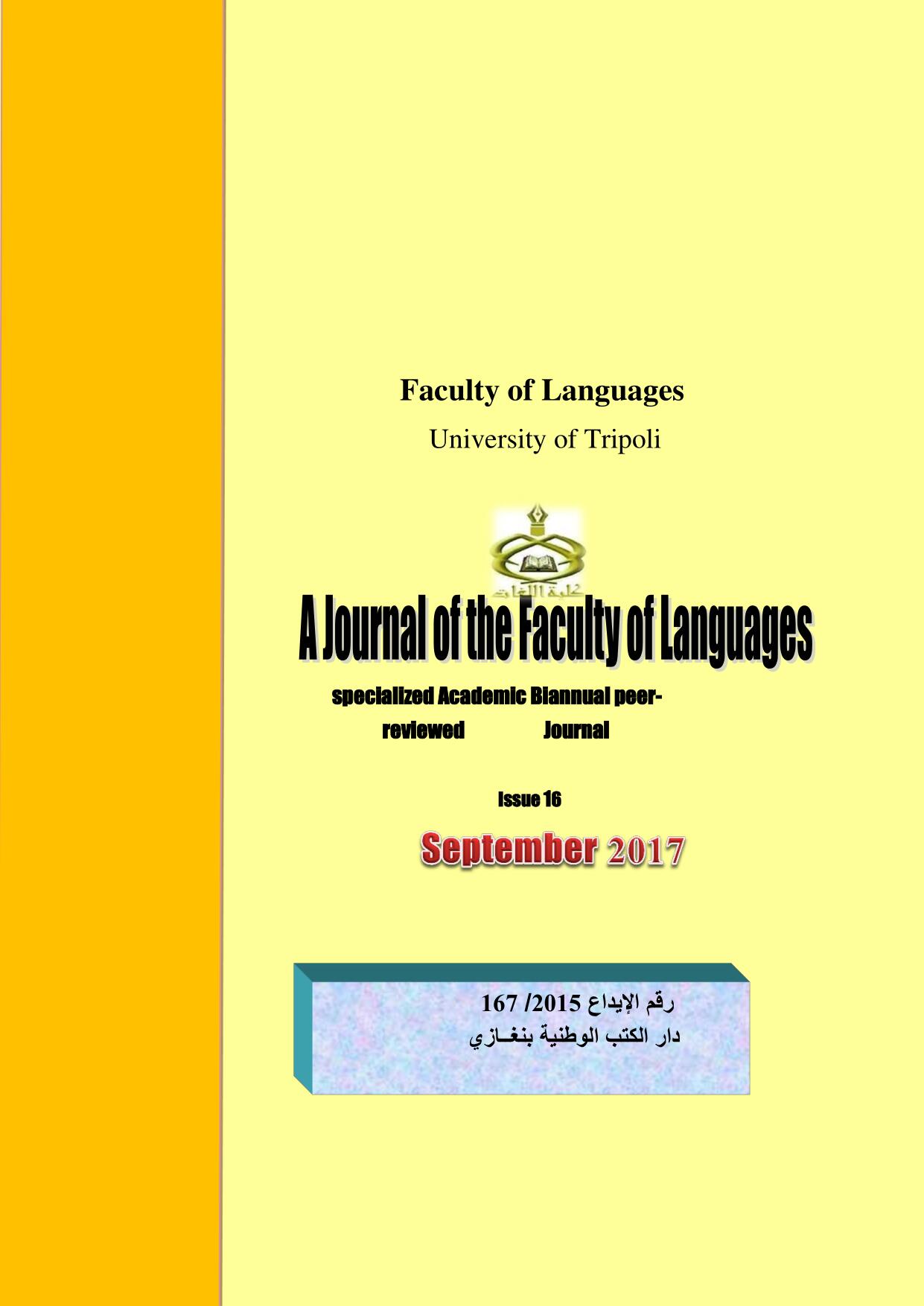Structuralism and literature: A critical approach to Nathaniel Hawthorne's short story "Young Goodman Brown
DOI :
https://doi.org/10.56592/flj.v1i16.35Mots-clés :
structuralism, linguistics, structural model, signified, signifier, sign, meaning, arbitraryRésumé
This article discusses how literary texts can be analyzed primarily on the model of linguistic theory, and how language can be used as a structural model to look for meaning in a literary work. The main focus is on the theories of Ferdinand de Saussure in his Course of General Linguistics. Structuralism, is not concerned with the content of a literary work, rather, it analyzes and explores the structures underlying the text, how meaning is possible and how it is transmitted. Because literature functions as a system of meaning, any literary text could be considered the individual articulation of a culture, that is the way we talk and think about the things that affect our lives. By using the techniques, methodologies, and vocabulary of linguistics, offered by structuralists, this article’s ultimate objective is to make explicit the system of rules and codes that govern the form and meaning of Nathaniel Hawthorne's short story "Young Goodman Brown".



